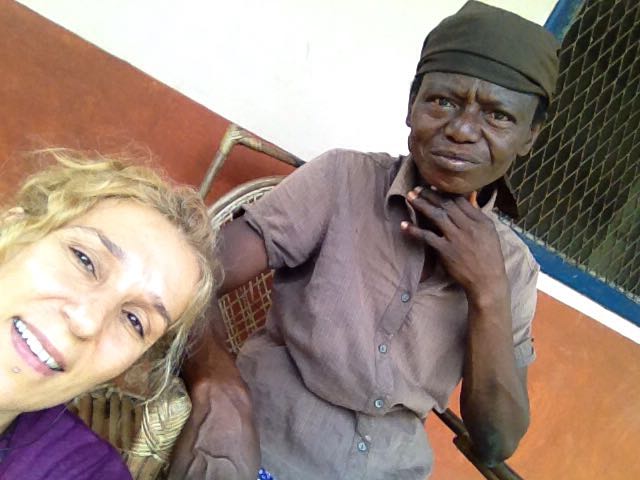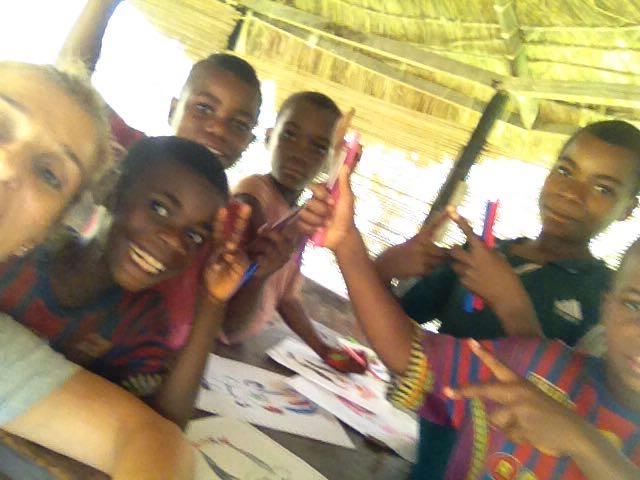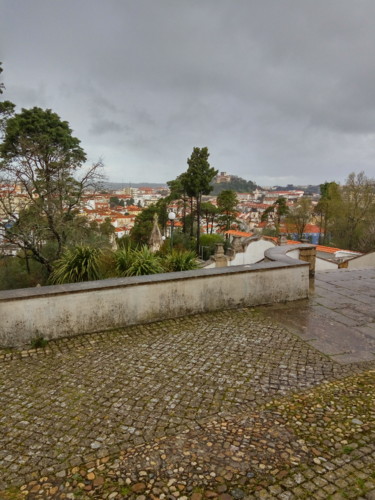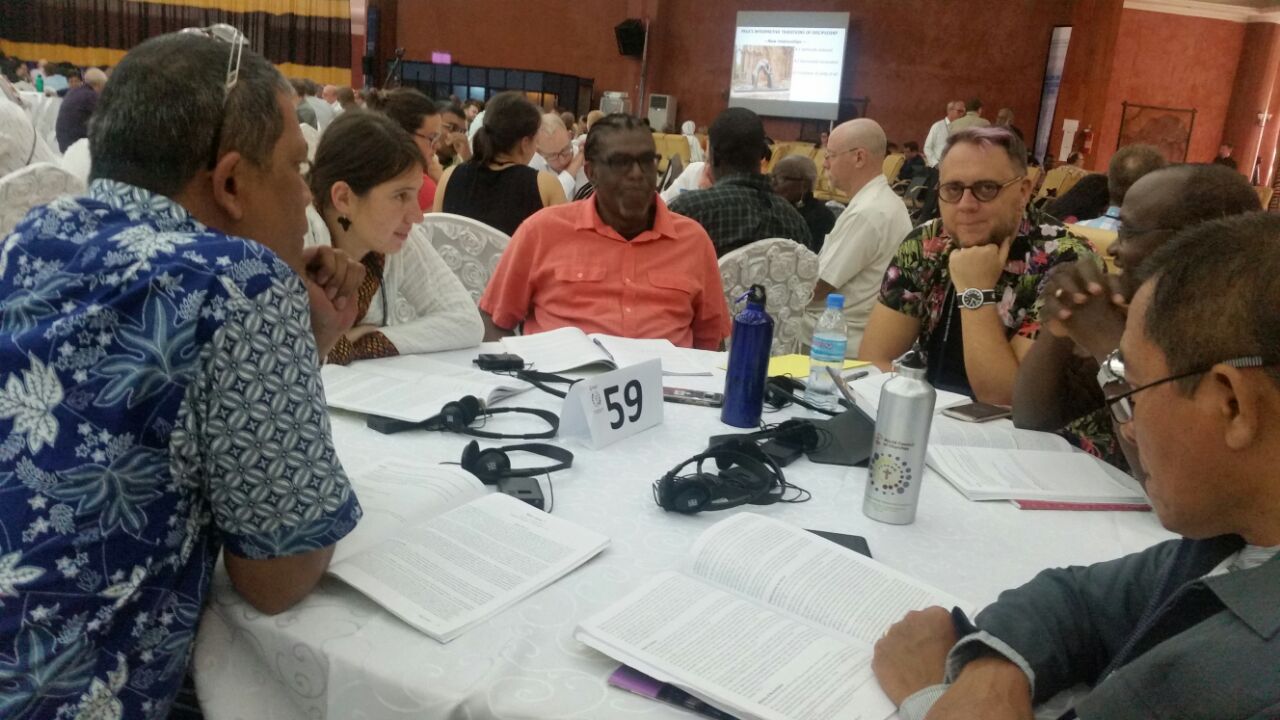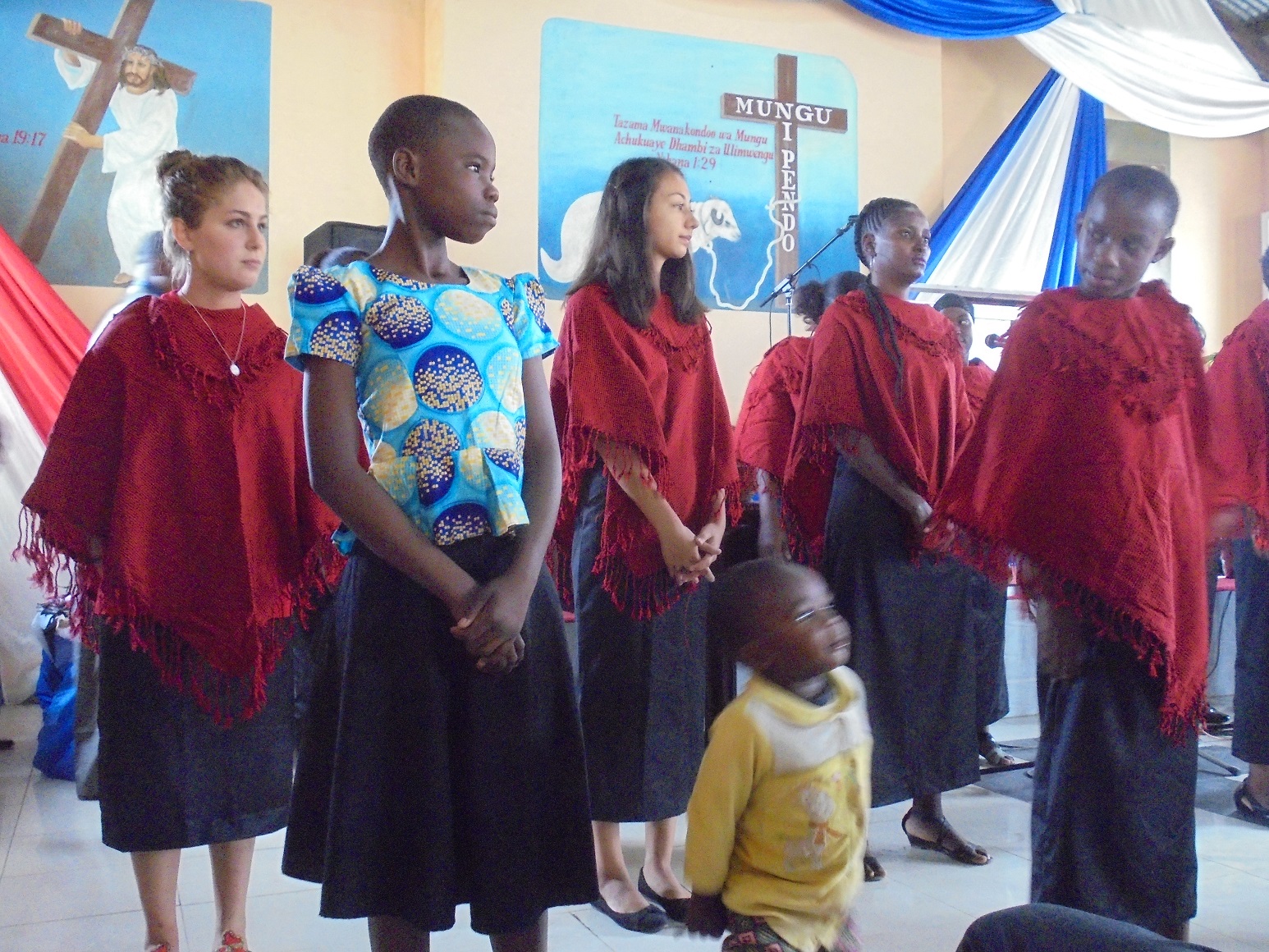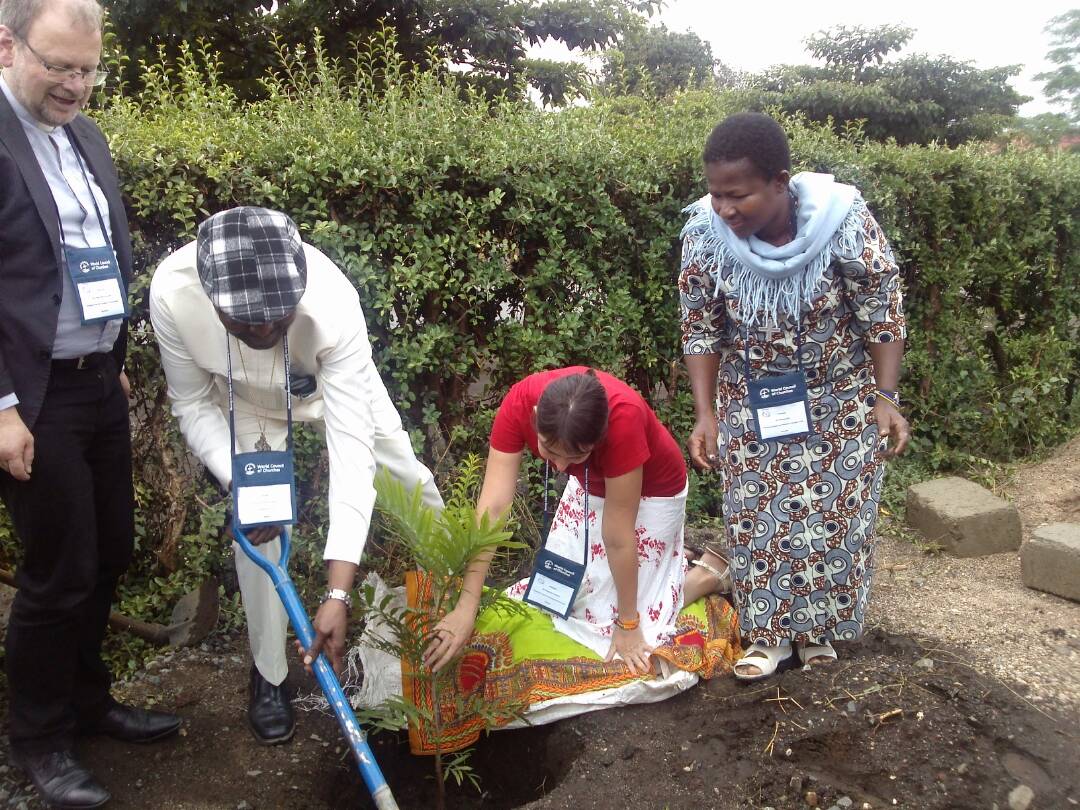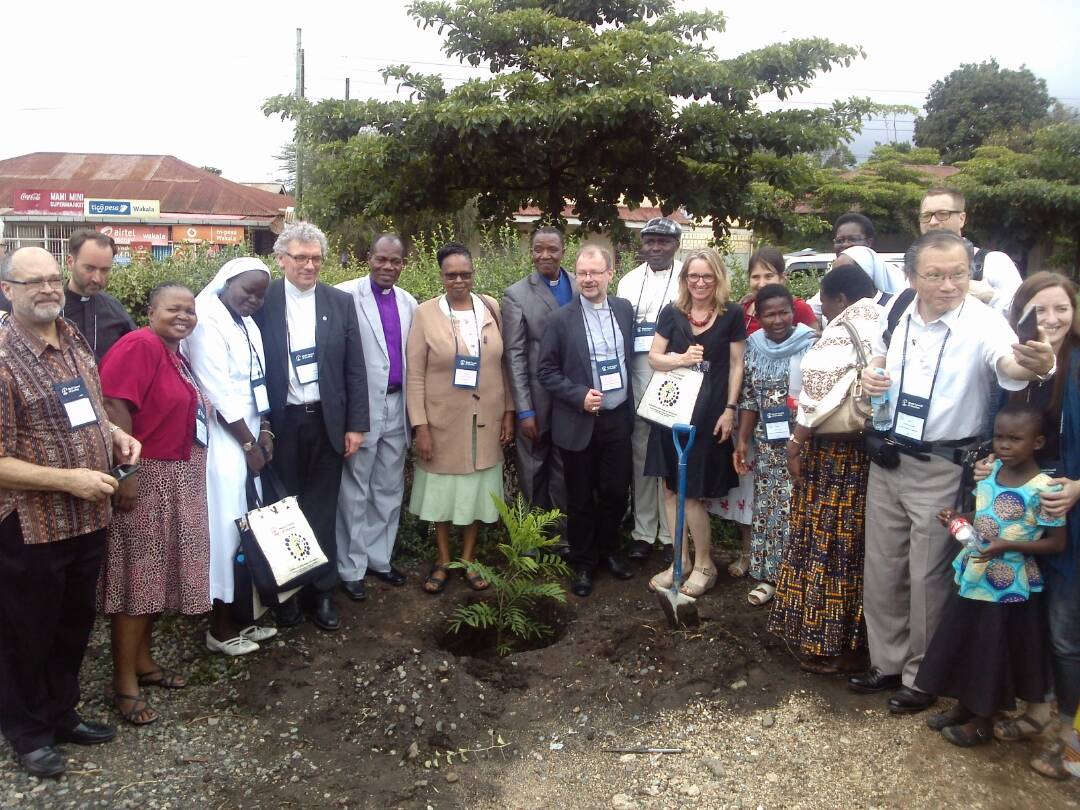I hope you are doing well. I arrived in the CAR two months ago and still I have not put away my luggage but my heart is totally taken by Mongoumba.
Emotions here reach an intensity that is beyond us.
At the very moment when I think “I’m leaving” I feel that my life is growing roots here!
It is not easy to manage the unknown, it is not easy to accept what is different, it is not easy to control impotence, the difficulties… But it is in difficulties that we stop being blind, deaf, mute…
The process of adaptation is going “yeke, yeke” which is Sango for “a little bit at the time.” I have turned this expression into an “order” for my head.
On any one day my heart beats in different ways, it cries in the morning, it laughs in the afternoon and at night at times it does both.
I have already started my Sango classes. Simone says that Mr. Dominique, the professor, has already begun to speak Portuguese quite well. In spite of all this, I will let you into a secret I have: I am totally in love with five little Pygmies – Paul, Dimanche, Albert, Pauline and François. By coming to school they also have breakfast and lunch. They are my oxygen capsule where I feed my body and my soul. We play, we pray and we converse (truly, we converse). But you will say, how do we communicate? I have lots of fun when I am the object of their study. They investigate me in detail: hands, veins, the mark of an elastic band on my arm, they have regular sessions around my head and my hair is the topics of much discussion. On this las day Pauline discover a hole in my belly – my belly button. It was a great topic of conversation! (Ha, ha)
How not to fall in love with them?
I end by wishing all of you a Happy Easter.
May Lent be a time of deep reflection and conversion, but above all of “humanitarian” action and that this action may be the fruit of our prayers.
Kisses from all of us in the CAR.
May Jesus protect and enlighten us all, in particular the CAR children who are the true diamonds of Africa.
Cristina Sousa
CLM in the Republic of Central Africa




